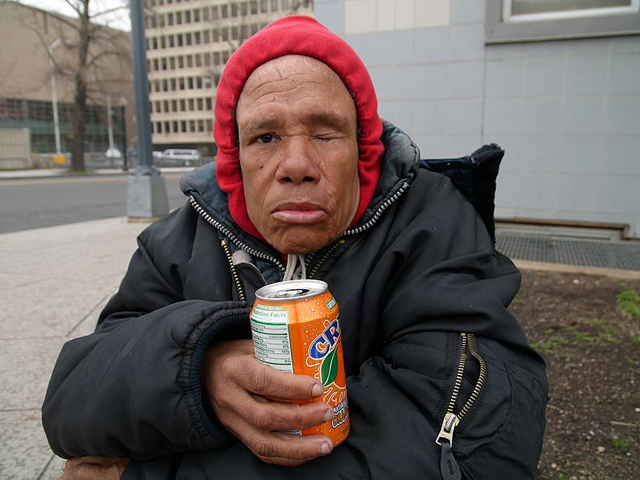serious mental illness
 Government survey finds that 5 percent
Government survey finds that 5 percent
of Americans suffer from a serious mental illness.
By David Brown,
About 20 percent of American adults suffer some sort of mental illness each year, and about 5 percent experience a serious disorder that disrupts work, family or social life, according to a government report released Thursday.
The annual National Survey on Drug Use and Health sketches a now-familiar picture of a country where mental illness is common and the demand for treatment high.
Mental illness is most prevalent in women, young adults, the unemployed and people with low incomes. Drug and alcohol abuse is more than twice as common in people with mental illness than those without it. About 4 percent of adults contemplate suicide each year.
According to the study, slightly less than half the people with any mental illness — and only 60 percent of those with serious, disabling ones — get treatment each year. Whites and Native Americans are more likely to get treatment than blacks, Hispanics or Asians.
In all, about 14 percent of American adults receive some sort of behavioral care each year — and one in five said he or she wanted more, the survey found. Of the people reporting an “unmet need” for mental-health care, about 40 percent said they couldn’t afford it.
Prescription medicine was the most common treatment, used by 12 percent of adults. Between 2002 and 2010, the percentage of adults getting outpatient counseling fell slightly (to 7 percent), while the fraction of adults using a prescription drug went up.
The findings were drawn from interviews with about 68,500 randomly selected Americans living at homes, dormitories or shelters in 2010. It did not include people living on the street, active-duty members of the military, prisoners or hospital patients.
“This is a good picture of what the households in the country really look like,” said Pete Delany, an official of the Substance Abuse and Mental Health Services Administration, the agency that oversees the survey.
The survey was face to face, although the interview subjects answered many of the questions on a computer screen, a technique shown to increase candor about touchy subjects. The surveyors were not mental health professionals, although a sample of respondents were interviewed in greater detail by such people.
The questions were designed to uncover a range of problems, such as depression, anxiety, psychosis and adjustment disorders. Although drug and alcohol abuse qualify as mental disorders in psychiatry’s diagnostic manual, they weren’t considered as such in this survey. That will allow researchers to see the extent to which substance abuse and specific mental illnesses occur simultaneously.
Among the 46 million people age 18 and older who had a mental illness in 2010, 20 percent also met the criteria for substance abuse. For people ages 18 to 25, the rate was 32 percent. About 8 percent of Native Americans had both mental illness and substance abuse — twice the rate seen in blacks and whites.
“These should be taken as upper limits only,” Allen Frances, a retired professor of psychiatry at Duke University, said of the numbers in the survey. “I am skeptical that rates this high make sense.”
Frances oversaw the revision of the profession’s Diagnostic and Statistical Manual of Mental Disorders from 1987 to 1994. He said surveys generally lack the ability to judge the severity of symptoms, which is essential to deciding whether something qualifies as an illness.
Daniel J. Carlat, a Massachusetts psychiatrist whose 2010 book “Unhinged: The Trouble With Psychiatry” criticized the profession’s overreliance on prescription drugs, agreed “that there is a kind of alarmist quality to these reports.” The disorders found could include spider-phobia and staying upset for a long time after arguing with one’s spouse.
“There is a stigma about ‘mental illness’ that as soon as you hear the term people assume that it’s something quite severe. The nuances of this type of data tend to be lost on people,” he said. He added, however, that he doesn’t doubt that 5 percent of the population has a serious mental disorder.
